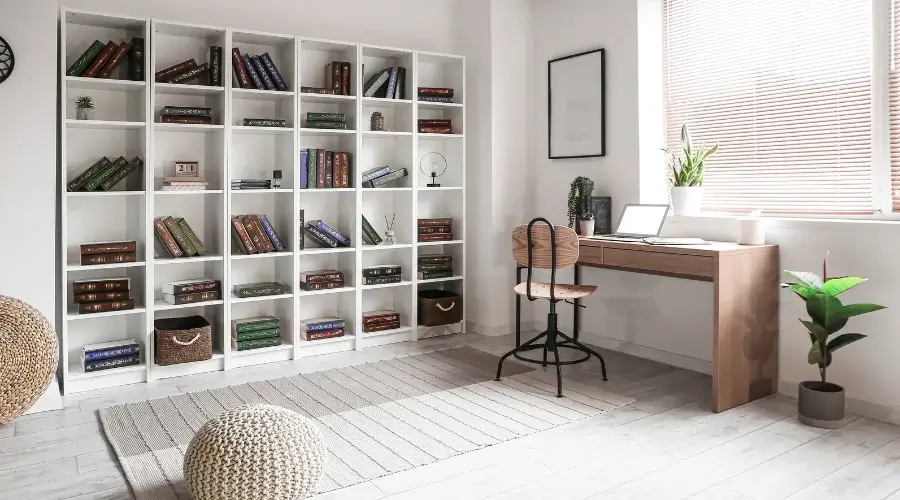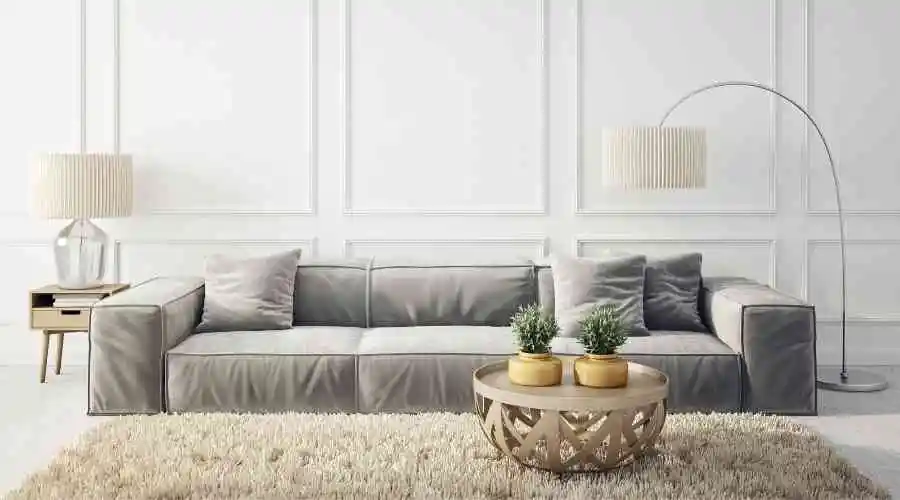Low-Maintenance Stucco Finishes: A Guide to Lasting Beauty
Stucco has long been prized for its durability, versatility, and timeless appeal. Whether gracing a Mediterranean villa or a modern suburban home, stucco finishes add a touch of elegance and resilience to any exterior. In order to really profit from it, knowing how to maintain stucco is crucial. In this blog post, we’ll explore the best practices for maintaining stucco, tips for extending its lifespan, and ideas for low-maintenance stucco finishes.
Visit https://daytonstucco.com/ for more details
Best Practices for Maintaining Stucco
Though stucco is robust, it requires regular upkeep to maintain its appearance and performance. Follow these essential steps for optimal maintenance:
- Regular Cleaning: Dirt and grime may build up over time on stucco surfaces. Clean stucco regularly making use of a low-pressure washer or a garden hose. Avoid high pressure to prevent damage.
- Inspect for Cracks: Minor cracks can develop due to settling or impacts. Inspect the stucco periodically and address any cracks or chips promptly. Fill small cracks with flexible sealant to prevent them from expanding.
- Seal the Surface: Applying a clear, breathable sealant every few years helps protect stucco from moisture infiltration, which can lead to damage. This sealant acts as a barrier, keeping water out while allowing the stucco to "breathe."
- Protect from Moisture: Ensure Water is being directed away from the property via working gutters and downspouts. stucco surface. Improper water runoff can cause significant damage over time.
Is Stucco Easy to Maintain?
Comparatively speaking, stucco requires less maintenance than other exterior finishes. Its seamless application means fewer joints and seams where water and pests might enter. Additionally, stucco’s natural resistance to fire and pests reduces the need for intensive upkeep. However, it still requires some care to preserve its appearance and structural integrity.
How to Make Stucco Last Longer
To extend the lifespan of your stucco, consider these strategies:
- Regular Inspections: Early detection and repair of minor issues can prevent major problems from developing.
- Proper Sealing: Regularly sealing stucco helps protect it from moisture damage, a leading cause of deterioration.
- Quality Materials: Invest in high-quality stucco materials and finishes. Good materials can significantly extend the lifespan of your stucco.
- Professional Application: Ensure that experienced professionals apply stucco. Proper application techniques can prevent common issues such as cracking and bulging.
Ideas for Low-Maintenance Stucco Finishes
- Smooth Finish: A smooth stucco finish is less prone to collect dust and other contaminants, making it simpler to clean. This sleek look complements modern architectural styles.
- Acrylic Finish: Acrylic stucco is highly resistant to cracks and weathering. Its flexibility and durability reduce the need for frequent repairs.
- Textured Finish: While textured finishes can add character and hide minor imperfections, a subtle texture balances aesthetic appeal with easier maintenance.
- Integral Color: Using stucco with integral color (color mixed into the stucco rather than applied as a finish) ensures that the color remains consistent even if the surface is scratched or chipped.
7 Tips for Maintaining Your Stucco
- Regularly Clean the Surface: Use To get rid of dirt and debris, use a low-pressure washer or a garden hose.
- Inspect Annually: Check for cracks, chips, and signs of water damage at least once a year.
- Prompt Repairs: Address cracks and damage immediately to prevent further deterioration.
- Seal the Stucco: Apply a clear, breathable sealant every few years to protect against moisture.
- Gutter Maintenance: Keep downspouts and gutters free of debris ensure they direct water away from the stucco.
- Avoid Plant Contact: Keep plants and shrubs away from the stucco to prevent moisture and pest issues.
- Professional Help: Consult a professional for repairs and maintenance to ensure the best results.
Conclusion
Stucco finishes offer a beautiful and durable option for any home exterior. With proper maintenance, you can enjoy its benefits for many years. Regular cleaning, inspections, and timely repairs will keep your stucco looking fresh and vibrant. Investing in high-quality materials and professional application, along with opting for low-maintenance finishes, will further enhance the longevity and appeal of your stucco. Embrace these tips to protect your investment and enjoy the timeless charm and resilience of stucco for years to come.

